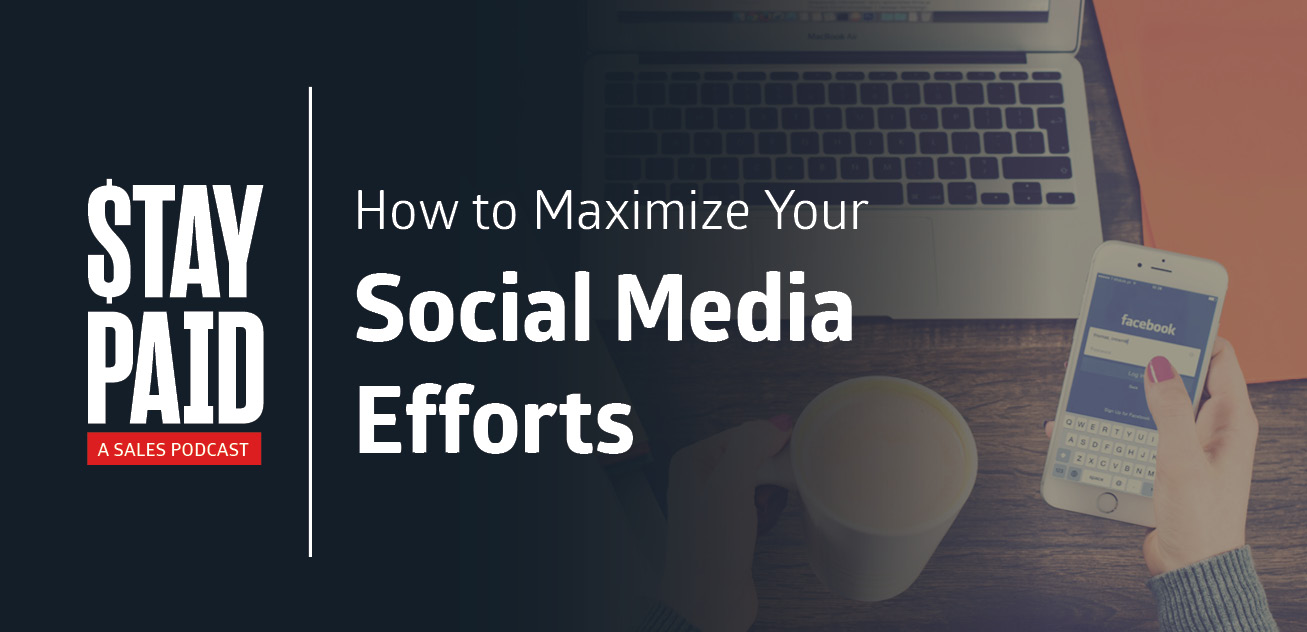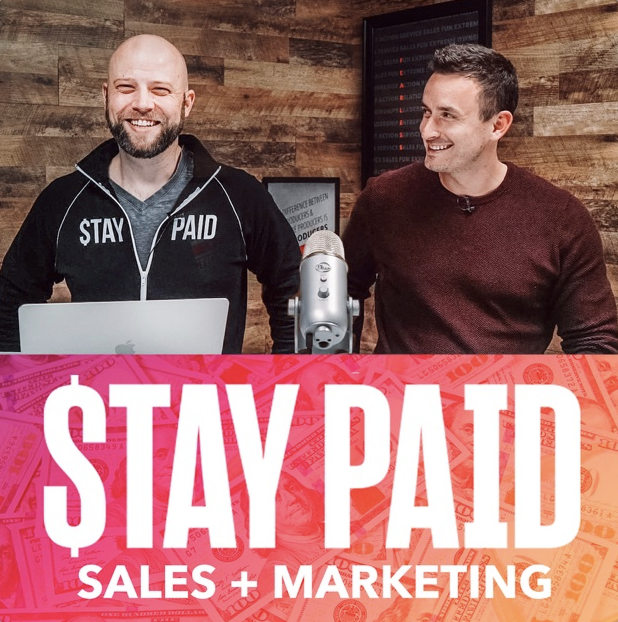Using social media for your business is a no-brainer. Not only can it help you capture more business, it can also help you to gain an advantage over your competition. But, in order to reap the benefits, you must be utilizing it properly.
In today’s episode of Stay Paid, Josh sits down with our very own social media manager, Andrea Tremper, to discuss when, what, and why you should be posting on social media.
Key Points
- Create a schedule to help you to stay focused and productive
- Posting times vary based on each platform
- Break your content into three categories—educational, inspirational, and entertaining
How do you avoid wasting time on social media?
Getting distracted while you’re on social media is all too common. Within seconds you can find yourself aimlessly scrolling through your Facebook newsfeed. We can’t stress the importance of having a schedule. Setting and sticking to a schedule will help you implement a system that enables you to be productive. But, one of the biggest reasons why someone doesn’t build a system is because they’re unsure of when, what, and why they should be posting on social media.
When to post
Facebook and Instagram
Unfortunately, there isn’t a catchall answer for when you should be posting on social media. However, Facebook and Instagram tells us that we have the best chance of reaching our own audience if we post around 9 p.m. To determine when it would be most beneficial for you to post, utilize the Insights tab (only if you have a business page), to see when your audience is online.
However, it’s important to realize that although Facebook will generate what they believe is the best time to post, you must test different times. Consider posting twice a day, one at their recommended time and the other at your discretion. See which time results in greater engagement.
Be mindful of thought leaders within your industry. See when they’re posting, and try to model your times after them. If they’re posting at two in the morning, schedule a post to do the same. Try to capture their success.
If you’ve ever been on Twitter, you’ve probably noticed one thing: people tweet constantly! And there’s nothing wrong with that. Twitter is intended to be a relationship-based platform. Meaning, the more you tweet throughout the day, the better chance you have at connecting with your audience.
When it comes to LinkedIn, the experts say that only one post per day is best. Consider curating or sharing someone else’s content. This can help expand your reach and take the stress out of having to create new content.
Before you start utilizing Pinterest, it’s important to determine if your audience is on the platform. If they are, experts recommend eleven pins per day. It’s best to create different boards to hone in on your content creation and keep your content organized
What to post
Let’s face it: it’s hard to be creative. But, giving yourself a framework will help you create the type of engaging content that your audience craves. To do such, separate your content into three different categories—educational, inspiring, and entertaining. Then, create a spreadsheet that features all three categories, and brainstorm two posts per category.
We recommend scheduling your posts. For a Facebook Business Page, there’s a built-in scheduler that is both easy to use and effective. For Instagram, you can take advantage of Onlypult. For Twitter, LinkedIn, etc., look into Hootsuite, which allows you to schedule across multiple platforms at once.
Once you’ve created and scheduled your posts, now is the hard part—giving it time! Track engagement for at least the next 90 days. After the 90 days are up, you can then go back and tweak your content and the times that you post to ensure that you’re maximizing your results.
Why to post
Keep in mind that social media is trial and error. You have to go in with your goals, and then look at your conversion rates. However, your goal shouldn’t necessarily be to get ten thousand followers. Your overarching goal is to take online interactions from social media, and turn them into offline conversations.
Action Items
Following the podcast, our goal is to provide you with as many actionable tips as possible. This episode includes…
- Download our social media planner.
- Create a spreadsheet that lists the platform, and three categories—educational, inspirational, and entertaining.
- Plan on your schedule for the next 30 days, and commit to it.
As always, take action on these tips!



















 Soundcloud
Soundcloud iHeart Radio
iHeart Radio Spotify
Spotify Spotify
Spotify


